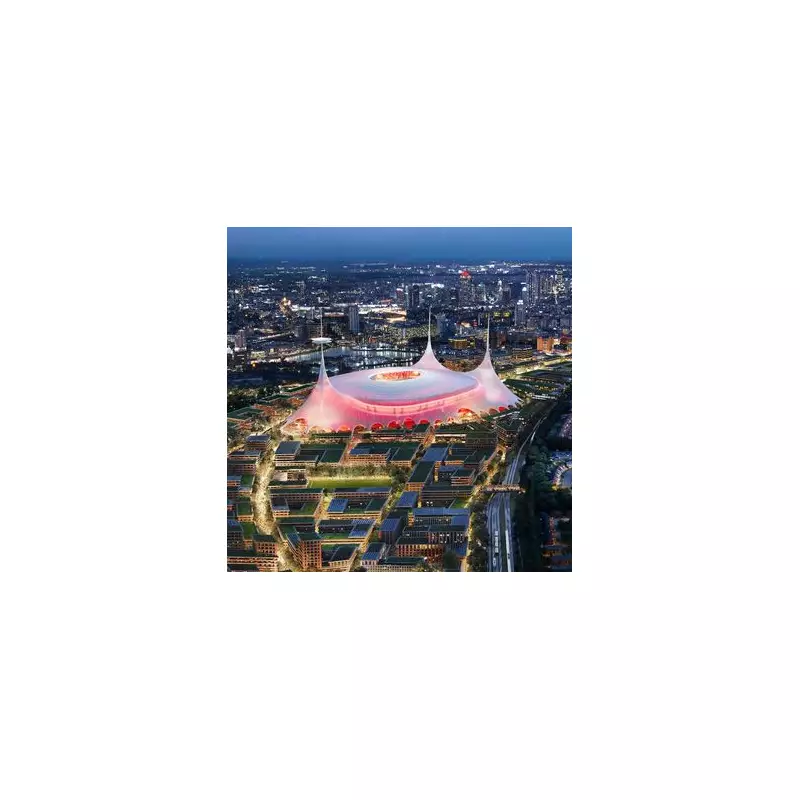
Manchester United are embarking on their most ambitious project in over a century of history, with seismic plans emerging for either a brand-new world-class stadium or a complete transformation of their iconic Old Trafford home.
The club's new minority owner, British billionaire Sir Jim Ratcliffe, is driving what could become English football's most significant infrastructure project since Wembley's reconstruction. The vision? To create what insiders are calling 'the Wembley of the North' - a spectacular 90,000-seat arena that would redefine football stadiums in Britain.
The Stadium Dilemma: Build New or Transform Old Trafford?
United face a fundamental choice that will shape the club's future for generations. The first option involves constructing an entirely new ground on adjacent land the club already owns, potentially creating one of Europe's most technologically advanced sporting cathedrals.
The alternative sees Old Trafford undergoing its most radical redevelopment since the Second World War. However, sources suggest the 'build new' option is gaining significant traction within the club's hierarchy.
Learning from London's Elite
United's decision-makers have been closely studying Tottenham's spectacular £1.2 billion stadium, widely regarded as the gold standard in modern football grounds. The North London venue has set a new benchmark for matchday experiences, corporate facilities, and multi-purpose usage that United are determined to match - or exceed.
Old Trafford's current capacity of 74,000 already makes it the Premier League's largest club stadium, but the famous ground has fallen behind rivals in facilities and modern amenities. The legendary 'Theatre of Dreams' requires either revolutionary change or replacement to compete with Europe's elite venues.
Sir Jim's Northern Powerhouse Vision
Sir Jim Ratcliffe's ambitions extend far beyond football. The INEOS chairman sees the stadium project as a catalyst for regenerating the wider Trafford Park area, potentially creating thousands of jobs and transforming the economic landscape of Greater Manchester.
This isn't merely about building a football ground; it's about creating an entertainment district that could host concerts, NFL games, and major events year-round, bringing significant economic benefits to the North West.
The Financial Challenge
The scale of investment required is staggering. A new 90,000-seat stadium would likely cost around £2 billion, while a comprehensive Old Trafford rebuild would still require expenditure in the hundreds of millions.
United are exploring various funding models, including potential naming rights partnerships that could see corporate branding attached to either a new stadium or a redeveloped Old Trafford. The club's commercial team believes the global appeal of the Manchester United brand could attract unprecedented sponsorship interest.
A New Era for English Football
Should United proceed with a new stadium, it would represent the most significant development in English football infrastructure since Arsenal's move to the Emirates Stadium in 2006. The project would likely take several years to complete, with careful consideration given to temporary relocation options during construction.
The decision will ultimately rest on which option best serves the club's long-term interests while preserving the heritage and atmosphere that makes Old Trafford special. One thing is certain: change is coming to the Theatre of Dreams, and it could transform English football's landscape forever.





